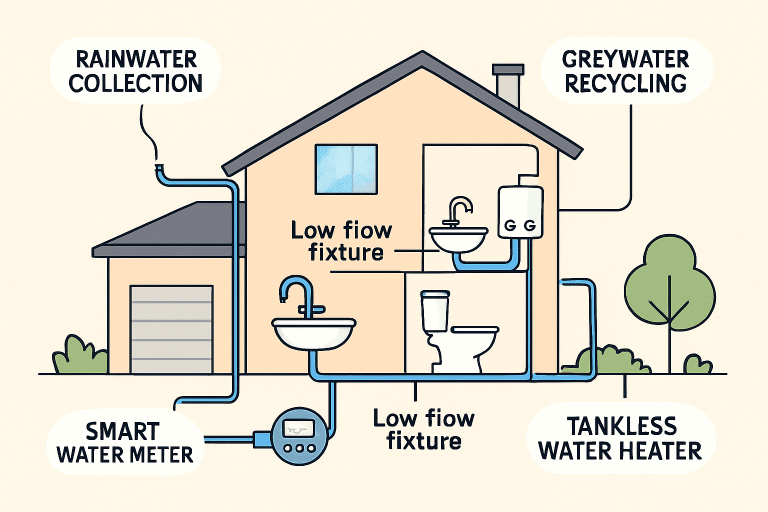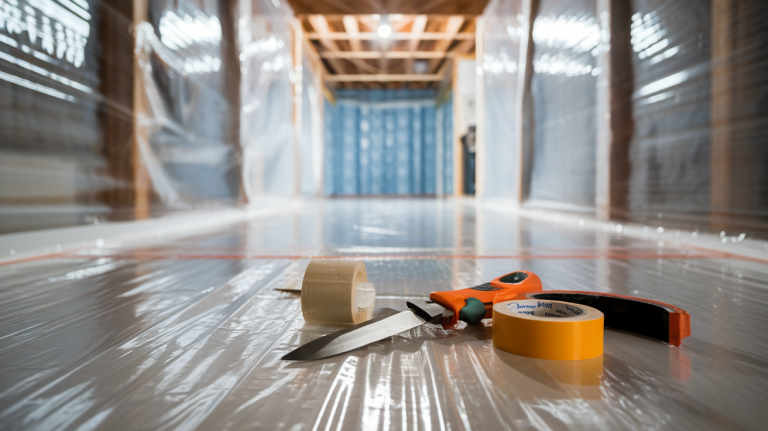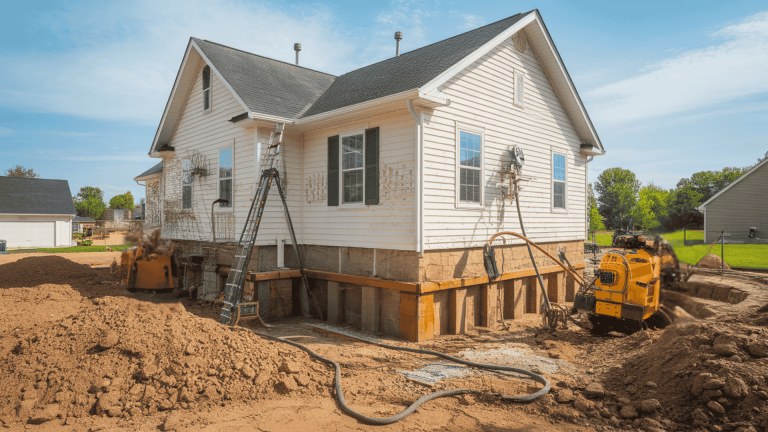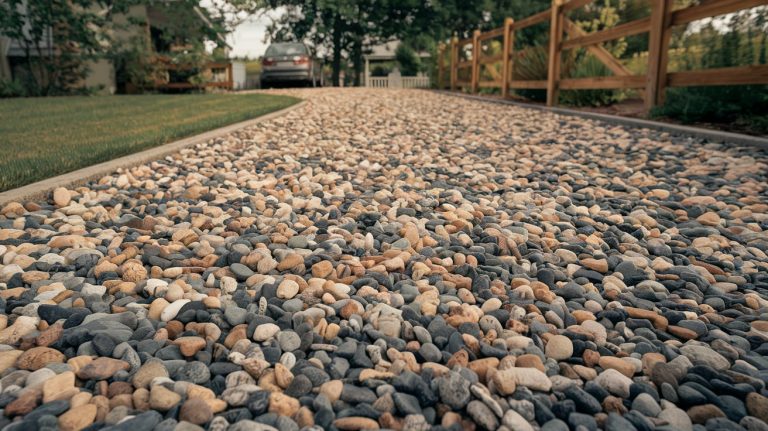Creative Ways to Improve Home Plumbing Efficiency
Key Takeaways
- Smart plumbing systems and early leak detection technology are vital for preventing water waste and costly repairs.
- Upgrading to low-flow fixtures and installing tankless water heaters can significantly reduce household utility costs and energy consumption.
- Sustainable water practices such as greywater recycling and rainwater harvesting are essential for eco-friendly homes.
Improving plumbing efficiency in your home isn’t just about lowering your water bill—it’s about making a positive impact on the environment and ensuring long-term sustainability for your household. Embracing modern techniques and innovative technology can help avoid costly water waste and ensure your plumbing remains in top condition. If you’re searching for efficient plumbing upgrades or professional advice, working with a trusted plumber in North Idaho is a reliable way to start your journey toward a more eco-friendly and cost-effective home.
From installing cutting-edge devices to rethinking your water usage patterns, effective solutions are available for every type of home. Plumbing experts and eco-conscious homeowners are increasingly investing in smart technologies and water-saving fixtures to reduce resource consumption while enhancing comfort. Taking these steps not only brings immediate benefits but also contributes to a greener future for the entire community. Incorporating these measures helps safeguard valuable water resources and aligns with best practices in modern home care.
Smart Plumbing Technologies
Integrating smart plumbing devices offers complete visibility and control over your home’s water use. These systems can identify leaks quickly and send mobile alerts, ensuring issues are addressed before they escalate. For homeowners, this means peace of mind knowing that a small drip won’t turn into a flood. Smart water meters can track water consumption trends, encouraging even greater conservation.
According to the Environmental Protection Agency’s WaterSense program, these technologies are becoming more accessible and affordable for everyday households. Regular system updates and maintenance can further enhance device performance, extending their lifespan. Additionally, pairing these technologies with routine plumbing inspections creates a comprehensive approach to water efficiency and home safety.
Low-Flow Fixtures
Upgrading to low-flow faucets, showerheads, and toilets is a simple method with significant results. Low-flow showerheads use up to 50% less water than older models, and high-efficiency toilets offer similar savings per flush without sacrificing performance. These upgrades significantly benefit water conservation efforts and help homeowners reduce their environmental impact.
Tankless Water Heaters
Tanked water heaters are notorious for energy loss due to the constant reheating of stored water. Tankless water heaters, on the other hand, supply hot water only as it’s needed, slashing energy bills and providing a continuous flow of hot water.
Their compact design also frees up precious utility space in your home. Switching to tankless systems is particularly practical for smaller urban residences and environmentally conscious households seeking to maximize energy savings.
Greywater Recycling Systems
Greywater recycling captures water from showers, sinks, and laundry machines, and repurposes it for non-potable uses, such as landscape irrigation or flushing toilets. This drastically reduces the strain on municipal water supplies and lowers monthly utility bills.
Greywater systems are particularly beneficial in drought-prone regions and for homes seeking to enhance their sustainability credentials. With proper filtration, these recycling systems can efficiently provide significant volumes of reusable water that would otherwise be wasted.
Rainwater Harvesting Systems
Rainwater harvesting involves collecting runoff from roofs and storing it for future use. This water can be used for gardening, cleaning, or toilet flushing, easing the demand on public water infrastructure during dry periods. Not only does this practice reduce household costs, but it also encourages a more resilient and self-sufficient home. Integrating a rainwater system is a relatively simple project that offers substantial long-term benefits.
Insulate Hot Water Pipes
Insulating your hot water pipes helps keep the water warm as it travels to taps, reducing the time spent waiting for hot water to arrive and conserving both water and energy. This straightforward upgrade is both cost-effective and impactful, making it one of the best-kept secrets in home energy savings. Pipe insulation helps prevent heat loss, ensuring your hot water system runs as efficiently as possible.
Regular Maintenance and Leak Detection
Routine plumbing maintenance is essential for preventing leaks, corrosion, and clogs. As highlighted in the article, routine upkeep is not just about responding to crises, but also about safeguarding your property’s long-term comfort and value.
Modern leak detection tools, including acoustic sensors and thermal imaging devices, help identify hidden issues before they cause damage. Addressing even small leaks promptly can prevent much larger problems and avoid unnecessary water waste. A regular maintenance schedule ensures your plumbing remains healthy and reliable for years to come.
Eco-Friendly Piping Materials
Selecting sustainable piping materials such as PEX or recycled copper supports your commitment to an eco-friendly lifestyle. These materials are durable, have a lower environmental footprint, and can extend the life of your plumbing system. Investing in green materials is not just good for the planet—it’s a smart way to future-proof your home and ensure ongoing efficiency in your household water delivery.
By embracing these strategies and consulting with an experienced plumber, homeowners can transform their plumbing systems, conserving water and energy while creating a more sustainable future.







